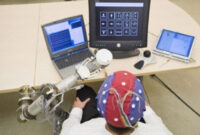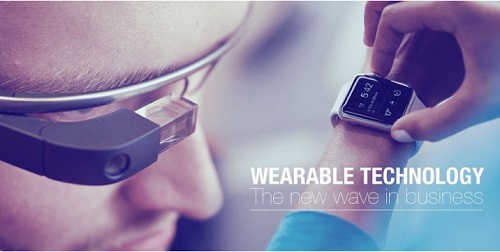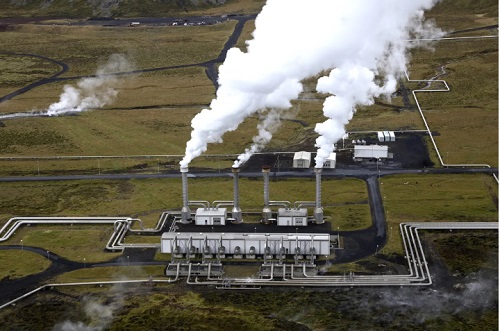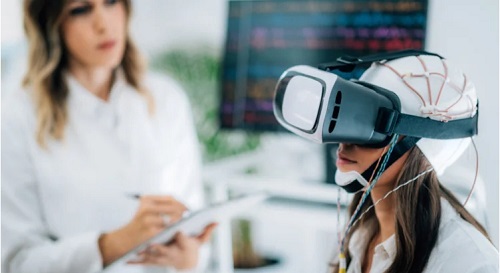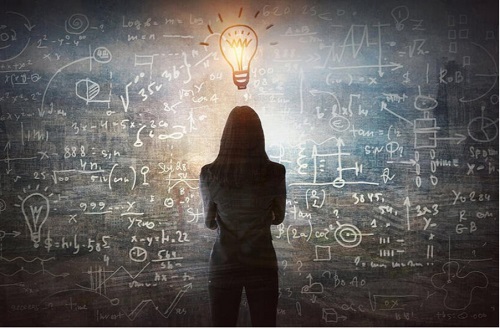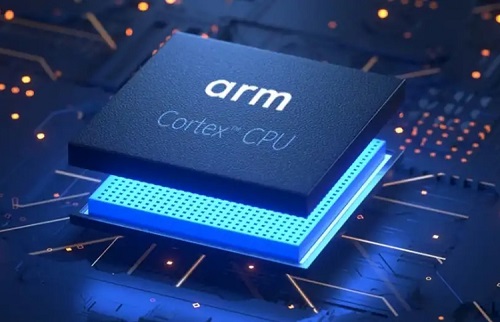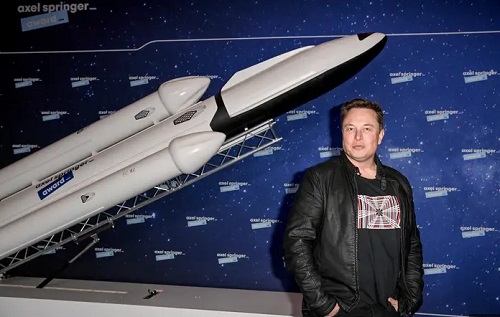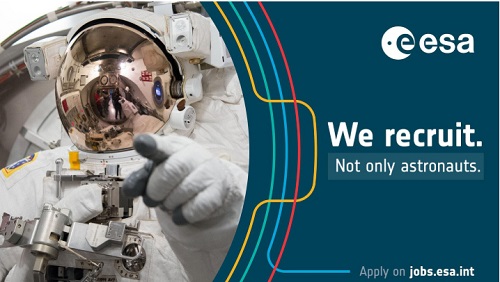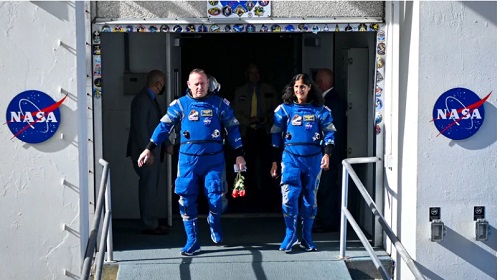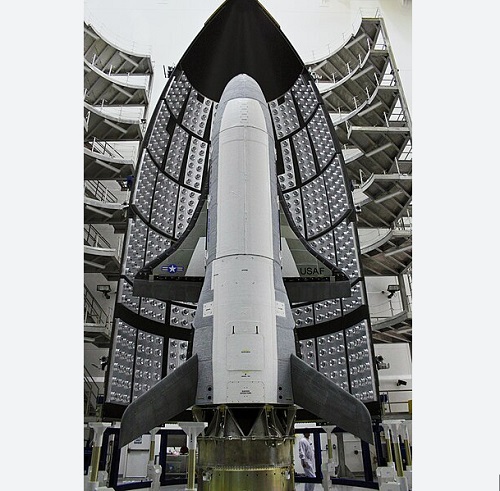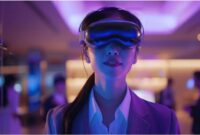The mouse that depletes its battery. The trackpad that becomes unresponsive and fails to react to a gliding finger. The […]
Category: Research Technology
The Pros and Cons of Wearable Technology
Wearable technology, which is currently led by smartwatches, represents a multi-billion dollar market focused primarily on health monitoring. Numerous high-end […]
Next-Generation Geothermal Technologies Are Heating Up
Beneath our feet lies a nearly unlimited source of energy, but while a few fortunate locations have geothermal heat near […]
Virtual Reality (VR) has had a major impact on the healthcare sector
Virtual Reality (VR) has significantly influenced the healthcare industry, with extensive applications in both training and patient education and care. […]
Fungal skin could enhance the tactile and sensory capabilities of robots
The Shiny Lackporling can do more than attack trees. Researchers have used the fungus to create a living robot skin […]
Innovation in a crisis: Why it is more critical than ever
A recent analysis of scientific articles and patents from previous decades suggests that major discoveries in science are becoming less […]
Intel’s missed opportunity laid the foundation for the success of the British company Advanced Risc Machines (Arm)
Arm makes its debut on the New York Stock Exchange today. The chip designer’s technology is found in practically every […]
SpaceX in particular has now overtaken the Europeans with significantly cheaper technologies
In 2024, NASA is planning an important manned test flight to the Moon. ESA wants to become more independent again […]
Europe is investing a record amount in space travel. The ESA has set itself some ambitious goals
Europe is investing a record amount in space travel. The ESA has set itself some ambitious goals: preventing asteroid impacts, […]
NASA Decides to Bring Starliner Spacecraft Back to Earth
The manned “Starliner” space capsule has reached its destination and docked with the ISS. Due to a series of problems, […]
Spaceship costs Boeing hundreds of millions of dollars
On the second completely private mission, a four-person crew set off for the International Space Station ISS for around ten […]
The hardware and build quality of the Apple Vision Pro are undeniably impressive
I attempted to rely solely on the Vision Pro for my work for a week, and it surpassed my expectations […]

